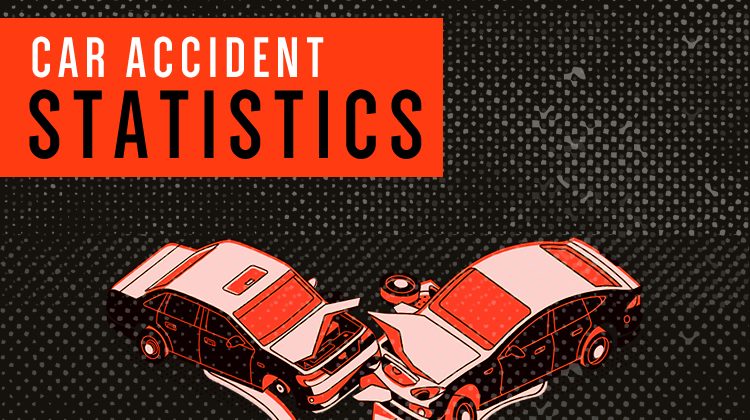Wearing a seatbelt is a fundamental safety practice for drivers and passengers alike, significantly reducing the risk of injury or death in the event of a car accident. However, the laws regarding seatbelt usage have evolved over time, reflecting changes in public awareness and attitudes toward safety. In Montana, seatbelt laws have a relatively recent history that underscores the state’s commitment to road safety.
The Introduction of Seatbelt Laws in Montana
Montana’s journey toward mandatory seatbelt use began in the early 1980s. In 1985, Montana enacted its first seatbelt law, which required front-seat passengers to wear seatbelts. This law was part of a broader movement across the United States, as more states began recognizing the importance of seatbelt usage in preventing injuries and fatalities on the road. Initially, the enforcement of this law was limited. It was classified as a secondary enforcement law, meaning that law enforcement officers could only issue a seatbelt citation if the driver was pulled over for another traffic violation. This approach aimed to encourage compliance without penalizing drivers solely for not wearing a seatbelt.
The Shift to Primary Enforcement
As research continued to demonstrate the effectiveness of seatbelts in saving lives, Montana took further steps to strengthen its seatbelt laws. In 1999, the state shifted to a primary enforcement law, allowing law enforcement officers to stop and ticket drivers solely for not wearing a seatbelt, regardless of whether another violation occurred. This change reflected a growing understanding of the critical role that seatbelts play in enhancing vehicle safety. With primary enforcement in place, the number of people wearing seatbelts increased significantly, contributing to a decrease in motor vehicle fatalities and serious injuries.
Current Seatbelt Laws in Montana
Today, Montana law requires all drivers and front-seat passengers to wear seatbelts. While rear-seat passengers are not required by law to wear seatbelts, it is strongly encouraged for their safety. Failure to wear a seatbelt can result in fines and penalties, emphasizing the state’s commitment to promoting safe driving practices.
The Impact of Seatbelt Laws
The implementation of seatbelt laws in Montana has had a positive impact on road safety. Statistics show that seatbelt usage significantly reduces the risk of injury or death in accidents. According to the Montana Department of Transportation, seatbelt use saves hundreds of lives each year, demonstrating the importance of compliance with these laws. According to the Bozeman personal injury lawyers at Beck, Amsden & Stalpes, seat belts significantly reduce injuries and increase your chances of receiving a fair settlement in the event of an accident. Not wearing a seatbelt can significantly hurt your claim, as insurance companies may view it as a factor contributing to your injuries.
History of Montana’s Seatbelt Law
The journey toward mandatory seatbelt use in Montana has evolved from a secondary enforcement law in 1985 to a primary enforcement law in 1999. This evolution reflects a growing awareness of the importance of seatbelt usage in saving lives and reducing injuries on the road. As drivers and passengers continue to prioritize safety, wearing a seatbelt remains one of the simplest and most effective ways to protect oneself while traveling in Montana. By understanding the history and significance of seatbelt laws, we can continue to promote safe driving practices for all road users.





No Comment